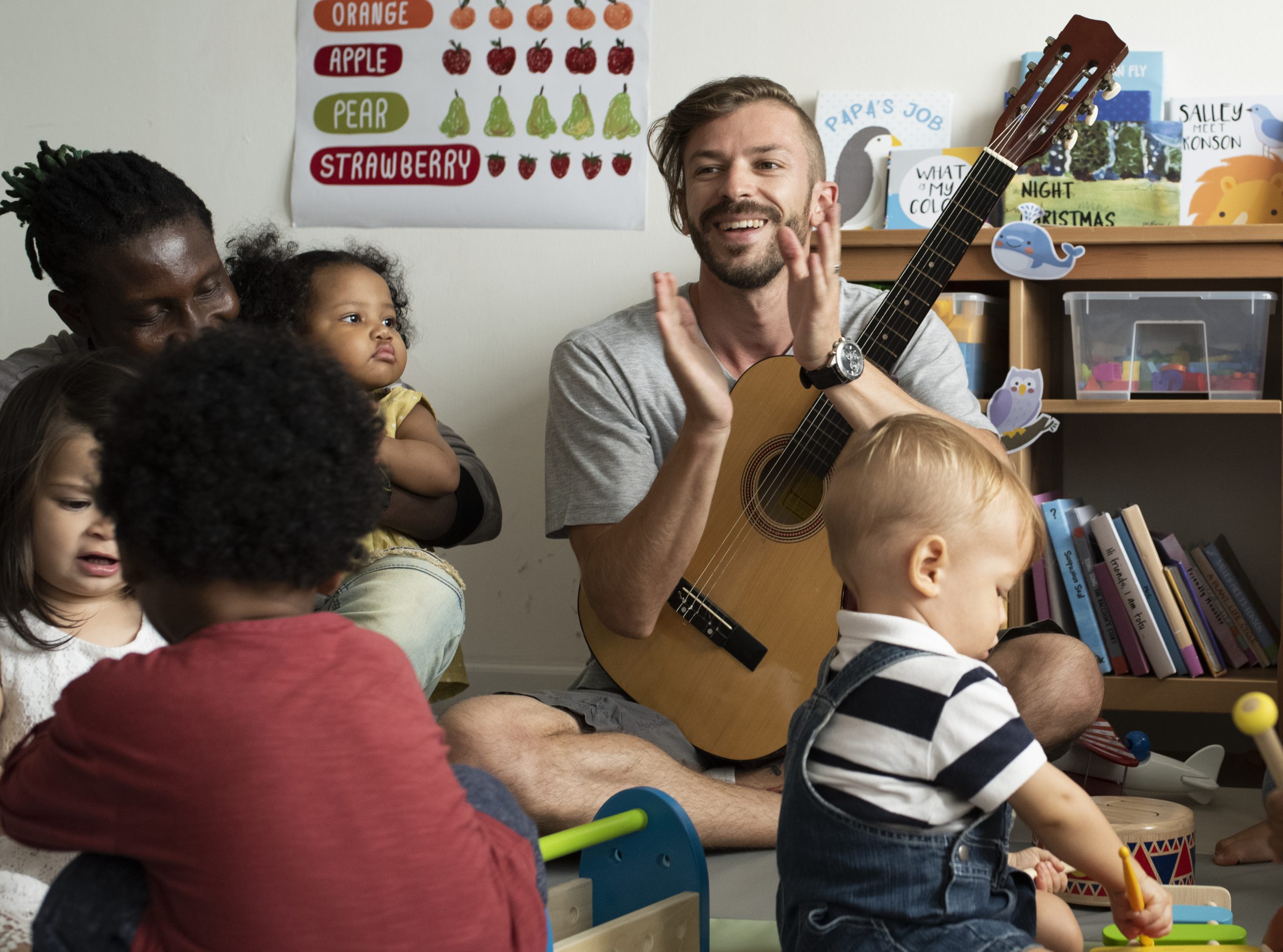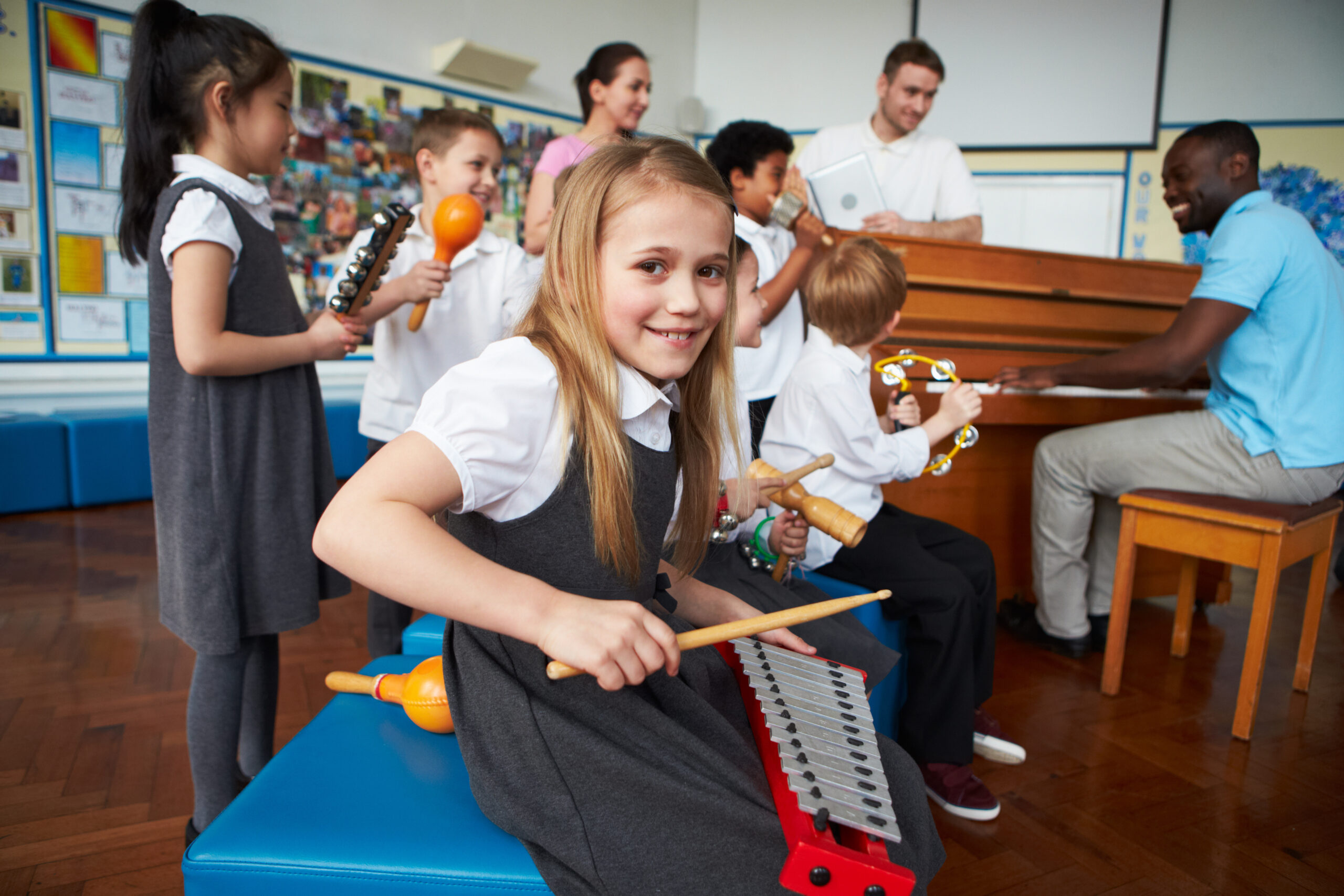
Within the framework of ludodidactics you may run into the concepts of hard mastery and soft mastery. In short, the differentiation between soft mastery and hard mastery is that mastering hard things lets you feel joy by achieving mastery over the difficult, while soft mastery lets you feel joy through simple pick-up-and-play ease. Let’s take a closer look at these concepts.
Hard mastery
In 1993, Anders Ericsson et al published ‘The Role of Deliberate Practice in the Acquisition of Expert Performance’ (Ericsson, Krampe, & Tesch-Römer, 1993). Their article proposes that expert performance (i.e. the ability of an individual to perform at the highest level), has little to do with heritable or innate ability, but is highly dependent on the quantity and quality of practice in their chosen field or domain. Specifically, the article suggests a minimum of 10 years, or 10,000 hours, of deliberate practice. Since deliberate practice involves such a profound attention to skill maintenance and improvement by students, there is only so much that can be achieved in one day. Although the theory has been criticised for insufficiently acknowledging the role that innate or natural ability (talent) plays in the development of expert skills, this specific number of 10.000 hours has really stuck as a critical prerequisite for expert performance, or – as it also has become known – hard mastery.

Regardless of the debate about talent and deliberate practise, the fact that expert performance (or mastery) is often used as a self-evident end-goal in traditional music education, has resulted in deliberate practise becoming increasingly problematic from a motivational perspective: it might take a long time to experience the real enjoyment from achieving (some) mastery of a difficult skill. If intermediate goals are not set, achievements not observed or insufficiently experienced, keeping motivated might prove to be a problem, both for the student ánd the teacher. From a pedagogical perspective this poses a technical challenge to the educator: how to organise (or design) the learning process in such a way to keep the student motivated and energized.
Soft mastery
Soft mastery revolves around experiences being designed in such a way that it offers enjoyment in a much quicker way. This is done by using templates or pre-fabricated elements that do not require ‘hard-mastered’ skills and where the actions, that the user (or player or student) has to perform, have already been primed and predesigned, ensuring a predictable outcome. In other words, the experience of success in soft mastery is embedded in the idea and the way it is conceived and designed. Classic examples of soft mastery in music are Garage Band (Apple) and Guitar Hero (Playstation). The basic principle of soft mastery is that it compresses time: it offers quicker (though more superficial and less profound) satisfaction with just a moderate investment of time and effort. Of course, quick fixes like this can leave a player or student still wanting, as the gap between the quick-fix and the so-called expert point is still considerable.

Bridging the gap
Between hard and soft mastery there is a trade-off of positives and negatives, depending on your goals and possible restrictions (if applicable). In ludodidactics these principles are used in tandem to bridge the gap through incremental development.
|
HARD MASTERY |
SOFT MASTERY |
|
long investment |
short investment |
|
deep learning |
shallow learning |
|
high gain |
high gain |
|
suffering |
no suffering |
|
real prestige |
fake prestige |
|
pain, disappointment x 1000 |
moderate frustration |
|
real achievement |
staged achievement |
| 100 x practise one thing |
100 things x one practise |
When working with roles and perspectives in designing using ludodidactics (like in the epistemic framework) we always think in terms of soft mastery. Please note that this does NOT mean that a ludodidactic design is always supposed to be easy for the learner. It merely focuses on the predictability of outcome, where of all possible outcomes a near-optimal result (under given circumstances) is also most probable. This requires a certain elegance and simplicity in the design of learning behaviour.
It is important to establish that both in hard ánd soft mastery there is a balance – a sweet spot – where the challenges and the competences of the student (or player) are matching; that balance may vary a little from moment moment, but the balance is deemed effective as long as there is no loss of focus due to (too much) anxiety (being over-challenged) or boredom (being under-challenged). This state has been defined as ‘flow’ by Mihaly Csikszentmihalyi as a state of peak enjoyment, energetic focus, and creative concentration experienced by people engaged in play, which has become the basis of a highly creative approach to learning.

Incremental mastery
In the domain of ludodidactics, bridging the gap between soft and hard mastery is not about metaphorically jumping a motivational ravine. It is more about using the attractive feature within soft mastery of coupling short investment and high gain, in order to engage in short cycles of development using attainable short term goals. The wiggly line in the diagram above (fig.3) is a giveaway of how this works: the development is not smoothly moving up the slope, but gently oscillating between the no-go zones of anxiety and boredom, resulting in a flowing development that is both exciting and rewarding. This principle of incremental mastery is also covered by Willem-Jan Renger in his interview (4’30”), when he speaks about the example of the different coloured belts that are awarded when reaching different levels of mastery in Taekwondo. It is also important to note, that inside a learning experience that is designed using gaming principles, the perception of those short term goals could also be substituted by objectives within the game, as long as they are perceived as motivating by the player (i.e. student).
Recommended reading
- Csikszentmihalyi, M. (1990). ‘Flow: The psychology of optimal experience’. Harper & Row.
- Renger, W.J., Hoogendoorn, E. (2019). Ludodidactics: designing for didacticians. HKU Press.





